Examining Stress Injuries In The Lower Back
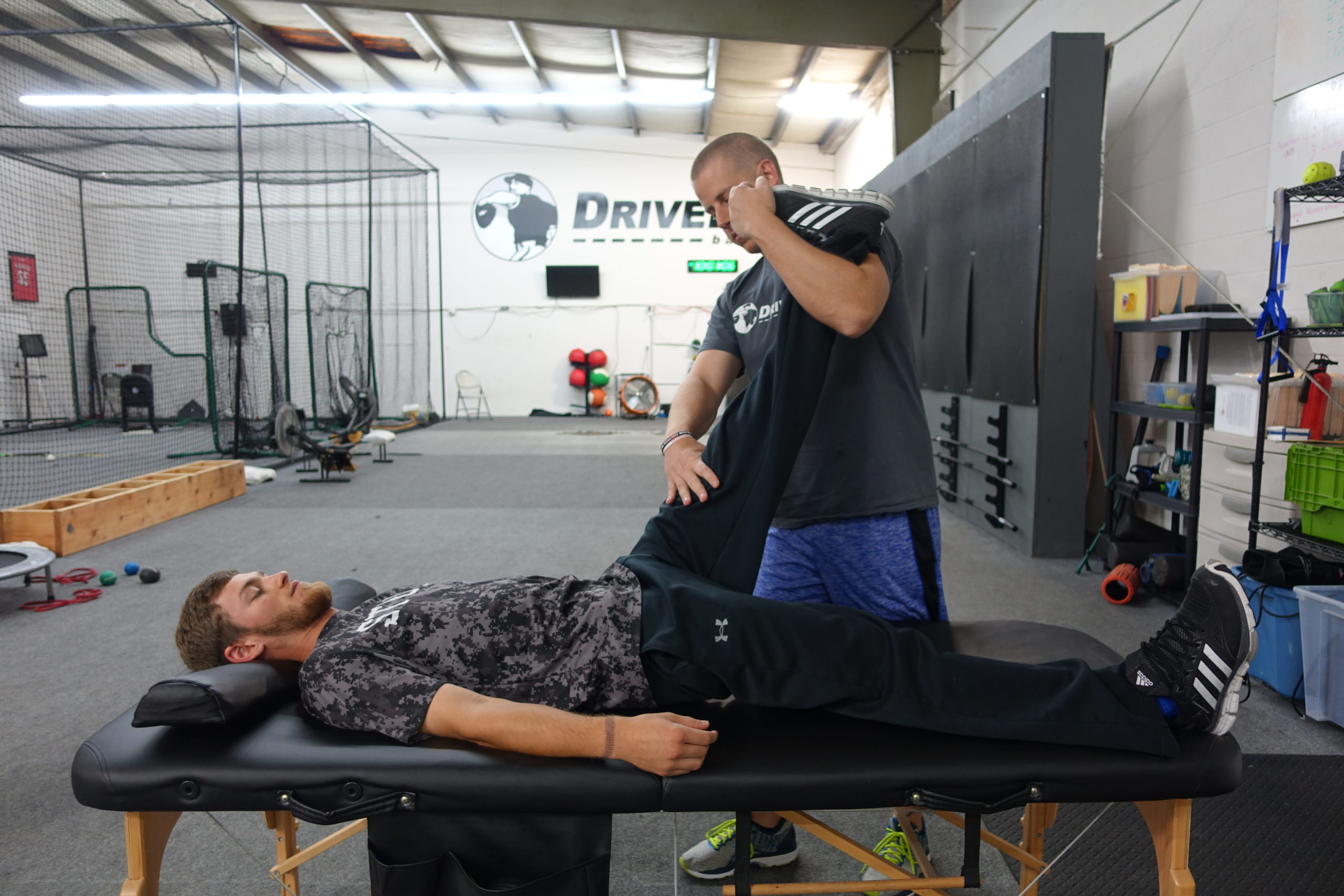
This is a guest post by Terry Phillips (DPT). Terry specializes in manual therapy, orthopedics, sports medicine, and post-surgical rehabilitation. Terry works full time at ATI physical therapy as well as helping out our guys part-time.
I’ve always loved the game of baseball, from when I was very young through my last year of play during my first couple years of college. I am fortunate to continue my passion for baseball through my profession as a Physical Therapist. Unfortunately, around this time of year, my schedule begins getting filled with many ball players with a wide array of injuries. The most common, are injuries to their spine. Spinal injury pain presents in many forms and what may surprise you most is the pain presents in other areas of the body more frequently than the back. This is important to understand because sometimes the true source of an athlete’s injury may not be very clear.
It is well-documented that repeated backwards bending and rotation of the spine are causes of lumbar stress injuries. As a result, higher incidences of stress injuries are reported in gymnasts, dancers, and divers (McNeely et al., 2003). Knowing that, consider the number of times softball and baseball players throw and swing the bat throughout a game, multiplied by the number of games each season, and the countless rotations that occur during practice prepping for the games. This ends up being thousands of rotations on the spine in just one season – that’s stressful for anyone’s spine, let alone a teenager who is still developing. The result of these repetitive motions is increased strain on the individual bones of the spine, which eventually, over time, could lead to a stress fracture, or a “pre” stress fracture, also known as a stress reaction.
Similar types of stresses placed on the low back across different sports
Our brain and spine work together to protect our body. When an injury is sensed near our spine the muscles around it become weak and perform poorly (Hides et al., 1994). Those muscles are neurologically linked to other muscles that stabilize the spine (which make up the “core”). When one muscle shuts down, the entire stabilizing system becomes inhibited (note: six-pack abs and the ability to hold a plank does not equal a strong core). This is where signs and symptoms begin to present and can cause injury if not detected.
From a baseball or softball player’s perspective an inhibited core is only going to rob them of performance. Hitting and throwing are extremely fast motions, that require a lot of force production from the body. An injury to an athlete’s spine, will not allow them to generate the amount of power, or ability to move through the ranges of motion that are unique to the sport. An undiagnosed or improperly treated stress injury could potentially alter or prevent a player’s career.
There are several signs to look for (Looper et al., 2008), and the presence of any one of these signs does not necessarily mean there is a spinal injury. The more signs that are present, the greater the concern and likelihood I will refer the athlete to a spine specialist. Here are the things I look for in the clinic: (Health pro tip – notes for healthcare professionals in somewhat technical terms)
- Pain
- Limited spine range of motion
- Decreased straight leg raise range
- Decreased range of motion of the hip
- Decreased Lat length
- Weakness in the lower extremities
Pain: Pain in the short term can be a “normal” occurrence in any teen, athletes included. However, teens’ bodies are very resilient and have not had the years of wear and tear of an adult. When I see an athlete who has chronic pain in their back (has been present for longer than a month or two), my suspicion of a stress injury is immediately raised. It should be noted though that pain will not always be present and a lack of pain does not always rule out a spine injury.
Decreased Spine Motion: Lack of mobility in the low and mid-back is something that I will see fairly consistently with a stress injury. Any motion could be limited by pain or muscle length whether it occur while bending forward, backward or side to side
(Health pro tip – check quadrants, or diagonals (bending back and to the right, forward and to the left etc.) as this puts the segments of the spine through maximum range of motion.)
Decreased Straight Leg Raise: When an injury is present to the spine, the casing around the sciatic nerve can tighten up for a multitude of reasons. This is the brain’s way of not allowing the sciatic nerve to stretch to what is perceived as a threatening range. This will commonly be diagnosed as tight hamstrings.
(Health pro tip – keep the ankle maximally dorsiflexed and passively move the leg toward the ceiling. A positive test is if the first bit of resistance (R1) the tester feels is less than 60 degrees.)
Decreased Hip range: In addition to spine and pelvis positioning, decreased hip mobility can be a protective response to an injury to the spine which I see often.
(Health pro tip – I look specifically at the FABER test, a normal test will have the athlete’s shin coming parallel to the table or ground, without their opposite hip coming off the table.)
Decreased Latissimus Dorsi (Lat) Length: When an injury is present to the lumbar spine, the fascial layer where the lats attach will tighten to provide stability to the spine. Tightness at one end of the muscle will make it more difficult to stretch at the other end, which happens to be close to the shoulder; decreasing overhead motion along with external rotation (“Lay back” for all the pitchers out there).
(Health pro tip – the athlete should be able to keep their elbows close together and their hands separated into 120 degrees of shoulder flexion with their low back flat.)
Weakness in the Lower Extremities: Over the years, I have found this to be most telling bit of information I receive during an exam. Muscle testing allows us to find if the athlete’s weakness is actual pure weakness or if it is a result of the spine not stabilizing to allow for full muscle recruitment. Weakness found during an exam can be taken as a chicken and the egg type situation. Is the weakness there because of injury, specifically to the spine? Or is the injury there because the athlete has always been weak? For a way to tease this out please refer to the video below:
While a good physical exam can go a long way in detecting an injury to the spine, the only way to fully confirm the presence or absence of spinal stress is through proper imaging. This is where there can commonly be discrepancies between what various medical professionals may find. Research shows x-rays and MRI’s can often miss a positive finding. A stress fracture or stress reaction is much more likely to get picked up with a CT scan or a bone scan (Bono et al., 2004). Additionally, stress reactions are difficult to identify and frequently overlooked – unless looking specifically for it. If you or your child is experiencing several of the symptoms have a discussion with your doctor (or ask your physical therapist too!) about what type of imaging they use in these instances and what their thoughts are on stress reactions.
Depending on the results of the imaging, the course of treatment can vary significantly. Treatment of a stress fracture or stress reaction is a large topic with many different theories and is too large for this blog post. In general, while the stress reaction/fracture is present, activity modification or even complete cessation of their sport will also likely be a necessity to reduce the amount of stress being placed on the spine and allow for healing to occur; this is a temporary loss for a lifetime of a difference.
Additionally, because the stabilizing muscles will not start functioning on their own, targeted exercises delivered in physical therapy is necessary to build up the strength of the athlete. If not treated properly, the protective response could remain (Hides et al., 1996), the stabilizing muscles can continue to function improperly and athletes will have lingering flexibility and weakness issues. They could result in more consistent hip and leg injuries as a result of their ongoing weakness and inhibition. In all likelihood they will also eventually develop more consistent or chronic back pain.
Proper detection and treatment can significantly change the course of an athlete’s career. My hope is that this has raised more awareness of what what is a fairly common injury and athletes will seek the proper help.
https://instagram.com/p/BT-sgrUBqMxH2kvQ-5Vx-3KD0YsQqWMYID3j800/
We’ve published other articles summarizing our research, check them out here!
Acknowledgement: This article is possible because of the years of knowledge I have gained from Mark Looper, Ken Cole, Joe Nance, Dr. Mimi Johnson and others. They are brilliant minds that I have been lucky enough to work with and learn from.
Citations:
1: Biely, Scott, Susan S. Smith, and Sheri P. Silfies. “Clinical Instability of the Lumbar Spine: Diagnosis and Intervention.” Orthopaedic Practice 06th ser. 18.3 (n.d.): 11-18. Web.
2 :Bono, Christopher M. “Current Concept Review: Low-Back Pain in Athletes.” Journal of Bone And Joint Surgery, Incorporated (2004): 382-93. Web.
3: Hides, J. A., C. A. Richardson, and G. A. Jull. “Multifidus Muscle Recovery Is Not Automatic After Resolution of Acute, First-Episode Low Back Pain.” Spine 21.23 (1996): 2763-769. Web.
4: Hides, J. A., M. J. Stokes, M. Saidde, G. A. Jull, and D. H. Cooper. “Evidence of Lumbar Multifidus Muscle Wasting Ipsilateral To Symptoms in Patients with Acute/Subacute Low Back Pain” Spine 2 (1994) 165-72
5: Looper, Mark, and Ken Cole. “CORE-tical Control: Linking The Extremities H Through Neuro-Muscular Control.” Kirkland, WA. Lecture.
6: McNeely, Margaret L., G. Torrance, and D. J. Magee. “A Systematic Review of Physiotherapy For Spondylolysis and Spondylolisthesis.” National Center for Biotechnology Information. U.S. National Library of Medicine, n.d. (2003) Web.
7: Motley, Gina, ATC, John Nyland, Jake Jacobs, and David N.M. Caborn. “The Pars Interarticularis Stress Reaction Spondylolysis, and Spondylolisthesis Progression.” Journal of Athletic Training 33.4 (1998): 351-58. Web.
Comment section
Add a Comment
You must be logged in to post a comment.
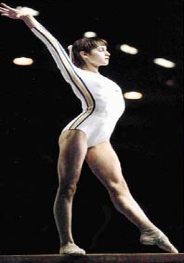
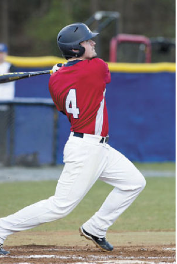
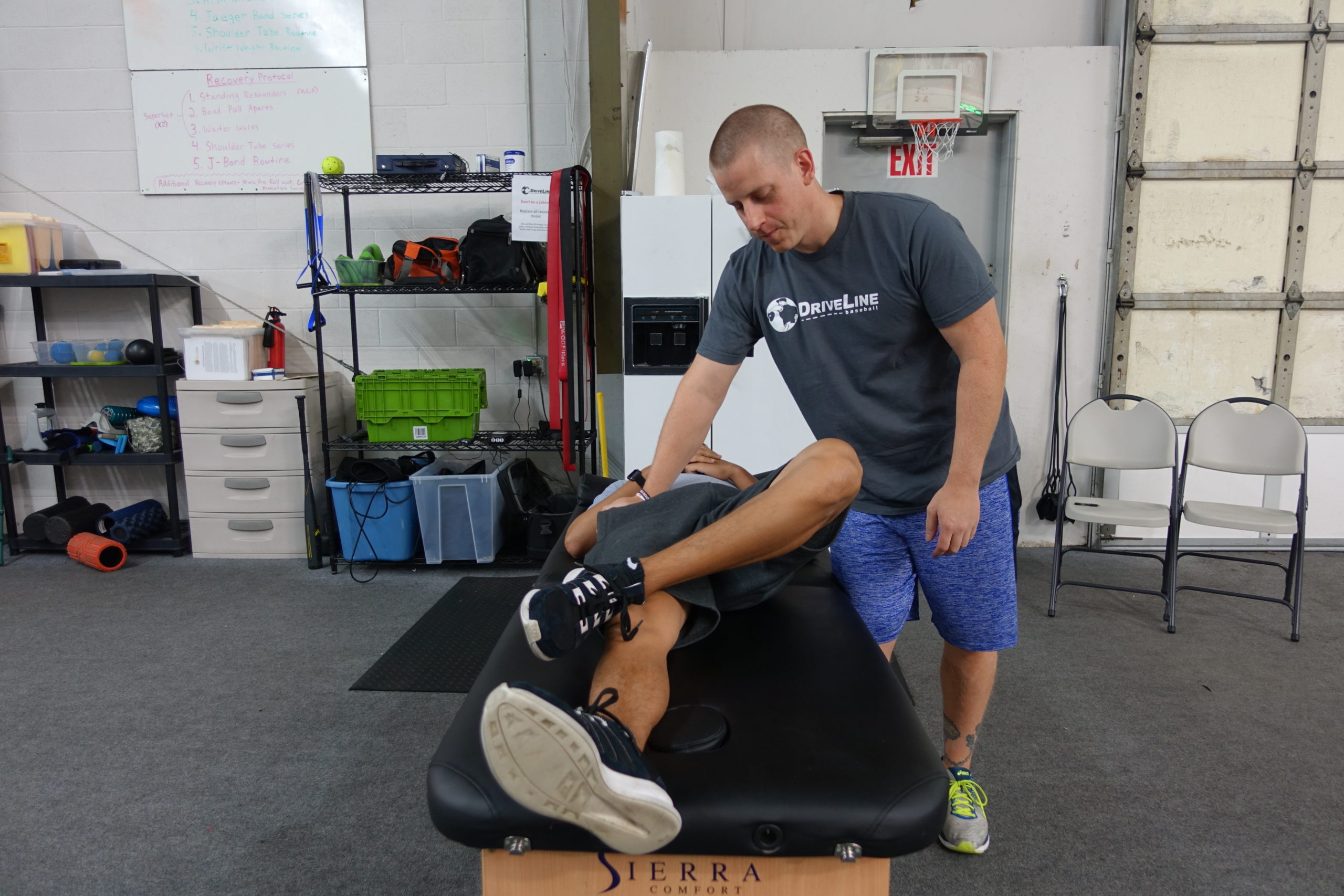
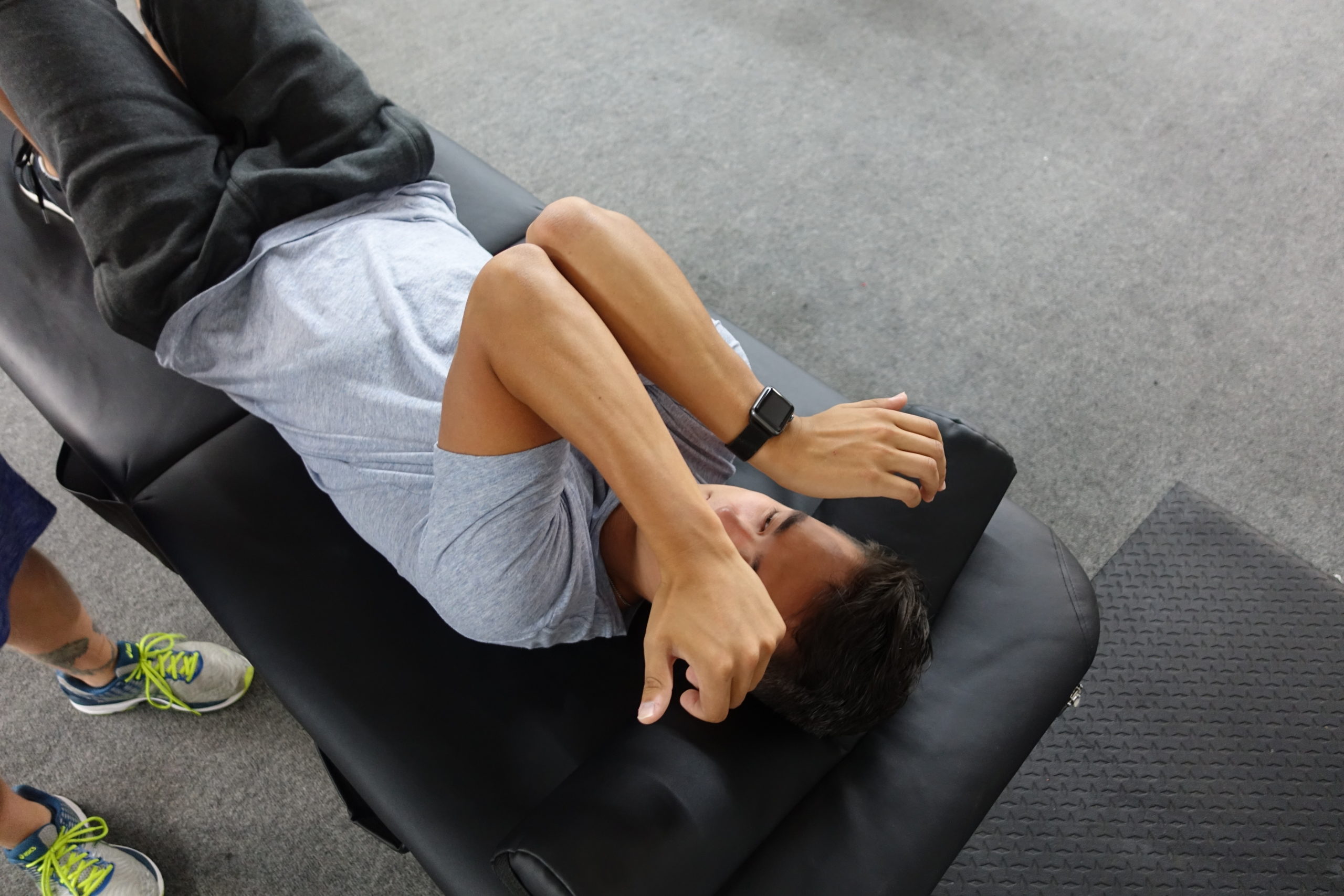
Exploring Causes of Decreased Hip Mobility - Driveline Baseball -
[…] have reduced mobility is decreased stability of the lumbar spine. I’ve discussed in a previous blog post how it is not uncommon for baseball players (and other young athletes) to develop a spondylolysis […]
Chiropractic Care for Baseball Players - Chiropractor Directory -
[…] action in the sport involves torquing or twisting your body, which opens the door for injuries. The back and neck are extremely susceptible to pain as a result. Some injuries can […]